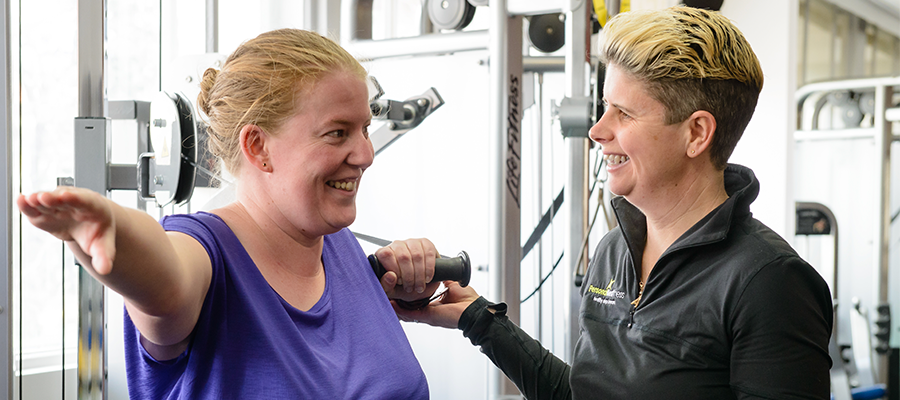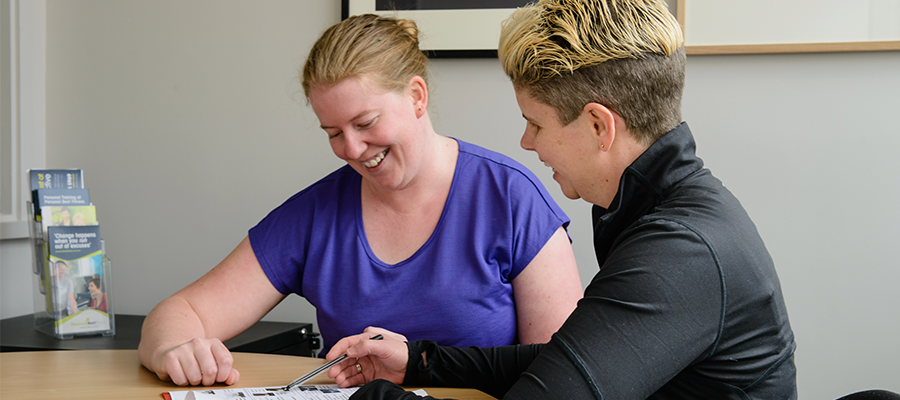In my previous article , I wrote about the importance of exercise and exercise variability on mental health. I’m going to expand on this topic in regards to what is happening in the brain and the tissue and how that can be incorporated into exercise.
Regular physical activity plays a crucial role in health maintenance and disease prevention. However there is an increasing occurrence of excessive exercise among certain population groups, which have adverse effects on both physical and mental health. I want to set a framework to help you find balance and question your perspective about what exercise is for you and how you approach it.
I believe, all too often in our society we approach exercise as something we have to do often because we want to lose weight or use it as a mechanism to keep on top of our mental health. Both of these reasons are perfectly valid and effective forms to achieve such outcomes, however I want to prompt you to think about why it is you exercise and whether what you are doing is enjoyable.
In my previous article I wrote about the Default Mode Network (DNM) and how it is active when a person is focused internally, e.g. Ruminating, and is less active when focused on attention-demanding tasks. Previously I wrote that a hyperactive DMN is associated with mental health issues such as obsessive behaviour, anxiety and depression. I explained how a hyperactive DMN results in less neural patterning, meaning we continue to strengthen the same neural networks, therefore have the same thought processes, increasing our anxious thoughts.
When relating this to exercise, one of my favourite sayings is ‘create more movement options’. What does this mean? Simple.
Move more, move different and move more often .
It doesn’t matter HOW you move, as long as you are spending time doing different exercises, reaching in different planes of motion and getting your heart rate UP and DOWN in different increments regularly. Any exercise is good exercise, however if relating this to our brain activity, we want to be able to keep exercise enjoyable and variable in order to thrive rather than survive in everyday life.
Having spent a lot of time working with cyclists, I always think they’re the quintessential example of what we’re talking about here. Cyclists are by nature pretty obsessive people! They often have what we term ‘type-A’ personalities, i.e. they’re ambitious, rigidly organised and status conscious. They’re your classic ‘high achievers’. Cyclists spend a lot of time in the same position, often a lot of time in a similar heart rate zone and, are quite often in high achieving occupations.
Which comes first, the obsessive behaviour or the rigid exercise routine? It’s a chicken or egg situation. Someone with a type-A personality is likely to be more attracted to endurance sports, e.g. cycling, running etc, because being driven in this sport is what allows them to excel at it, however too much of this type of activity, ie. low neural patterning, will also result in a hyperactive DMN.
There is nothing ‘wrong’ with cycling itself (I spend a lot of time riding bikes myself), however for people who spend a lot of time doing one thing, even sitting at a desk, should consider creating more movement patterns.
This is where at Personal Best Fitness we see the benefit of implementing tools such as ViPRs in your exercise routine. ViPRs bridge the gap between movement and strength. By shifting weight, rather than lifting it against gravity, engaging your muscles with variable stimuli. They allow us to adapt to new movement patterns by stretching and loading as you move, resulting in a lean, long and strong system.
“Any exercise is good exercise, as long as what you are doing resembles what you ‘think’ you are doing.”
Written by Senior personal trainer, Sofia Tsamassiros
Reference list:
- Exercise Addiction: a literature review. 2008. https://www.ncbi.nlm.nih.gov/pubmed/18956613
- Functional connectivity in the resting brain: A network analysis of the default mode hypothesis. 2002. https://www.ncbi.nlm.nih.gov/pmc/articles/PMC140943/
- The Role of Default Network Deactivation in Cognition and Disease. 2012.
- https://www.ncbi.nlm.nih.gov/pmc/articles/PMC3501603/

 Timetable
Timetable 6234 5969
6234 5969


